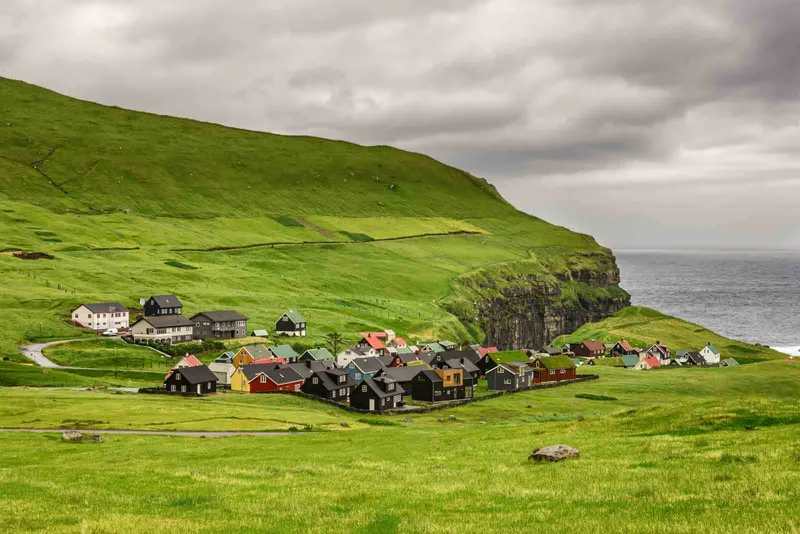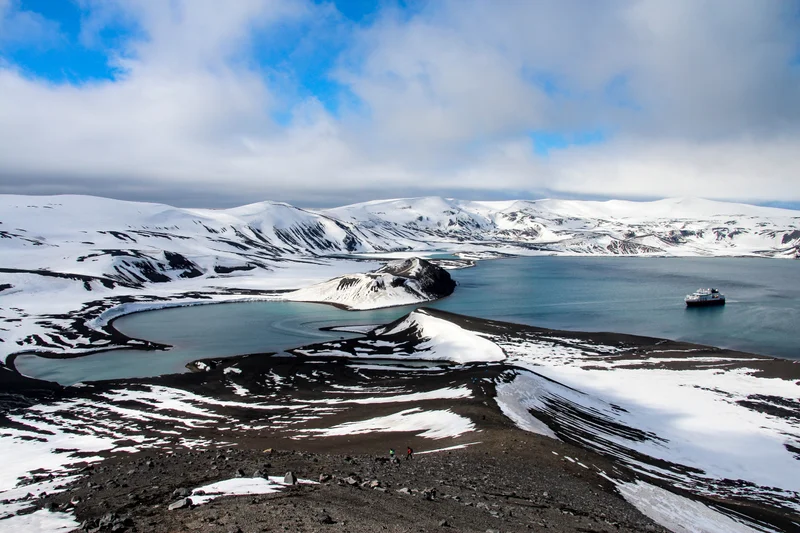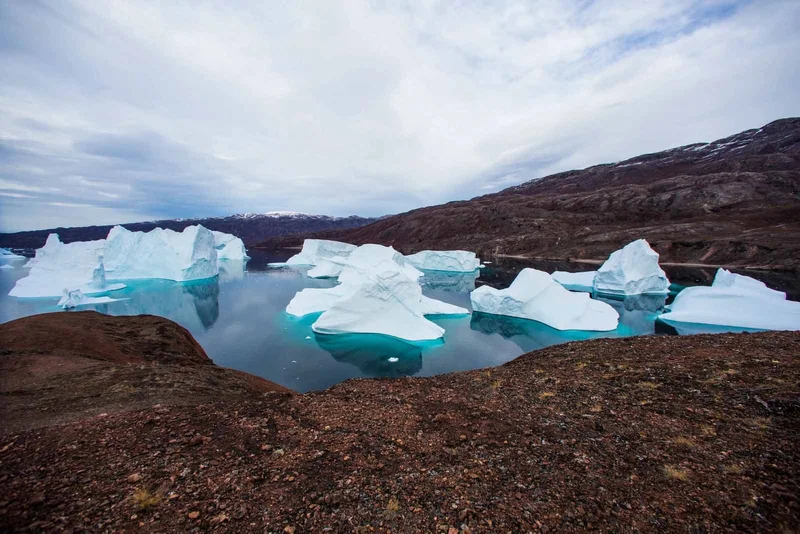
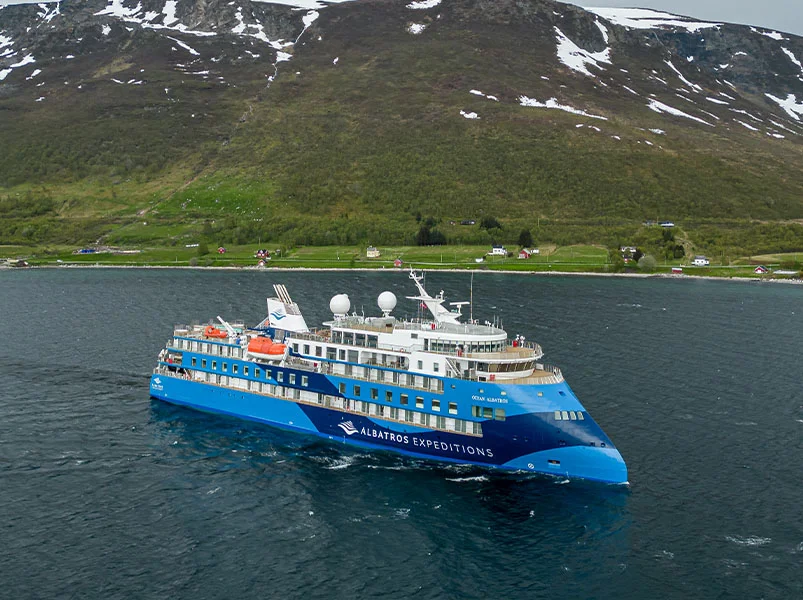
This expedition cruise takes you to the Arctic islands of Iceland, Jan Mayen, and Spitsbergen in the early summer. You will see stunning scenery, including glaciers, fjords, and wildlife such as whales, walruses, and polar bears. This is a once-in-a-lifetime opportunity to experience the beauty and wilderness of the Arctic.
12 Day Artic Itinerary
Day 1: Reykjavik
Hallgrimskirkja Church dominates Reykjavik. This hip Scandinavian city is a well-known destination. Reykjavik, with its new Nordic cuisine and shopping options, as well as the city's relaxed atmosphere and fantastic excursions, is one of Scandinavia’s most exciting and welcoming cities. Shop for local knitwear, visit the world-class (and sometimes quirky) museums or just enjoy this busy city from a cafe terrace.
Our comfortable cruise ship is waiting to embark our guests with staterooms that are ready for them. The expedition ship, after our safety briefings and the lifeboat drills that are required by law, will depart Reykjavik to chart its course towards the Snaefellsnes Peninsula.
Day 2: At sea, en route to Siglufjörður
We will depart from Iceland's busy capital and sail to Siglufjordur, the rugged town at the northernmost tip of the island.
Iceland's waters are among the most fertile on the planet. Here, warm Gulf Stream currents meet cold East Greenland Currents, creating waters that are rich in nutrients and oxygen. These waters are rich in oxygen and nutrients, which in turn feed a variety of different species. Join your team of expedition experts on the deck as we travel around the Westfjords, the rugged peninsula that forms Iceland's northwestern corner. Look for the unique wildlife in this seascape. While fulmars, seabirds, and puffins glide by the ship, they dive into the cold depths to find food. We may be lucky enough to see whales feasting on vast herring shoals in the vicinity. Our experienced guides on board will tell stories of Iceland’s unique culture, foklore and marine ecosystems.
The day spent at sea allows you to get to know your vessel. You can relax with a cup of coffee in the Observation lounge, attend a lecture designed to teach more about the area, or share a cocktail made especially for the occasion with friends.
Day 3: Siglufjörður and Grímsey, Iceland
We arrives in Siglufjordur the next morning. It is the most northern town on Iceland's mainland. The harbour, like in almost all towns in Iceland is at the centre of this town. It grew from a small hamlet into a town during the boom years in the 40s and 50s. The herring has always been the economic backbone of Siglufjordur. In the 1950s, it was one of Iceland’s biggest towns.
Siglufjordur has embraced and re-embraced its identity, history and culture. Herring is the dominant fish in this town! Hering Era Museum is a collection of historic buildings that show the process of processing these fish. This tradition continues today. This town is located in one of Iceland's most beautiful fjords, with the same name. It has up to 18 different species of bird in this area.
After lunch we'll reboard to reposition ourselves from Siglufjordur, Iceland, up north, towards Grimsey. Grimsey is a tiny island located off the coast of Iceland. The Arctic Circle runs through this tiny island, which is a beautiful emerald green. A massive concrete sphere, "Orbus et Globus", marks the spot. It is moved every year to take into account the tiny shifts in Earth's orbit and the Arctic Circle. Around 70 locals live on the island, along with thousands of seabirds. Beware of puffins that peek out from their burrows and the Arctic terns flying above! There is a large tern population on the island, which means that workers are often required to remove these beautiful yet fierce little birds from the runway to enable planes to land. Grimsey is a great place to visit.
Grimsey is our first official entry into the Arctic. From here we sail into the unknown, heading next to the mysterious island of Jan Mayen.
Day 4: At sea, en route to Jan Mayen
We leaving Iceland behind, will spend one day at sea on its way to Jan Mayen. This isolated volcanic island is roughly located equidistant from Iceland, Svalbard, and Greenland. The warm water of the Atlantic meets with the colder waters from East Greenland to create murky fog. The mixing of water produces nutrient waters that nourish wildlife in the area, from vast shoals herring, so important for towns like Siglufjordur to whales, which become more frequent as we near the coast of Jan Mayen.
The days at sea will never be boring. Our guests will enjoy a wide range of onboard activities that engage their mind, body, and soul. You can join your Expedition Team lecturer in the Theatre for specially-crafted talks on local history and culture, as well as wildlife, geology and other topics. Or, you can relax with a relaxing massage at the Albatros Polar Spa or watch seabirds glide along the ship while the expedition ship crosses the Davis Strait.
Day 5: Jan Mayen
Jan Mayen, an active volcano island in the Greenland Sea, is located approximately at equal distances from Svalbard and Iceland. It is not located exactly at the Greenland Sea's middle, but it lies on the Mid Atlantic Ridge. This is the main reason why the island has a volcanic origin. The only volcano active in Norway and northernmost in the world, this enigmatic island can be difficult to find due to the fog and clouds that hover over its summit. Mount. Beerenberg is Norway's highest peak at 2,277m.
Only 18 people live on the island, including scientists who run the station's meteorological department and Norwegian military personnel. Landing on such a remote island is difficult due to the strong wind and deep well. We will attempt to land at the narrowest point of the island from the south or the north depending on conditions. Beerenberg, with its cinder conical peaks, lavas flows, and Mount Fuji like appearance, is a volcanic island.
Day 6: At sea, en route to Svalbard
We set out from Jan Mayen on a course to the northeast, heading for Svalbard, which is a group of high Arctic islands. Svalbard, located approximately 800km North of the Norwegian mainland is remote and extremely isolated. Longyearbyen the "capital" of the islands, lies just 1200km away from the North Pole. This distance puts it 800km closer to Oslo.
Svalbard can only be reached by a vessel that is capable of handling the ice and rough seas in this northerly region. West Ice is a large expanse of sea ice that stretches along the East Greenland coast, sometimes drifting into Svalbard in the summer. The expedition ship is rated Ice Class 1A and Polar Code 6 which makes her suitable for most Arctic ice except the thickest. Unique X-Bow hull design provides enhanced stability on rough waters.
Binoculars are a must as we approach Svalbard. The islands of Svalbard are home to a variety of wildlife. As we move northward, the birds, whales and seals that live in and around the archipelago migrate as well. We can expect wildlife concentrations to grow as we near Svalbard. Watch for whales as we near the continental shelf off Svalbard on our second day at sea. They will be feeding on abundant plankton that rises above the water. These gentle giants were once hunted down to the brink of extinction by humans for their oily fat blubber. Now, they are very common in Svalbard during summer.
Day 7 & 8: Southern Svalbard
On the 7th day, we will reach the secluded shores of Southern Svalbard. The southern half of Svalbard is roughly triangular and contains a multitude of fjords.
This region might appear barren at first. Look closer, and you'll see that saxifrages and Svalbard poppy, as well as other tundra flowers, are able to withstand the harsh weather. Their jewel-like blooms reach for the weak Arctic sun. While perfectly camouflaged sandpipers scramble along the shore, tiny calico snowbuntings fly between crags. Greyish-white 'boulders" move up the slopes and transform into the Svalbard-native subspecies of reindeer. The Arctic Fox, Svalbard's only land-based predator, is heralded by a flash of blueish black and screeches from nearby birds.
Day 9: Kongsfjorden region
What is a 'night?' When the sun doesn't set. The expedition ship has repositioned itself past Prins Karls Forland's saw-toothed mountain ranges and will arrive in the magnificent Kongsfjord. This is one of the most picturesque and peaceful corners in the entire world. Surrounded by mountains and bordered by magnificent Kongsbreen Glaciers and the Three Crowns.
The small town of Ny Alesund will be our first landing. Ny-Alesund, located further north than Longyearbyen is Earth's most northern settlement, but only if you consider a collection of scientific stations and one shop that are open for just a few short hours.
The islands have been the starting point for scientific and exploratory expeditions since centuries. This proud tradition continues today. It is a spectacular setting, with scientific projects as interesting as its history. The town has been home to the Nobile and the Norge as well as Amundsen Nansen Nordenskiold. These expeditions are still visible today, including the Norge's mooring mast.
Day 10: Northwestern Spitsbergen
North West Svalbard, one of Europe's largest wilderness protected areas, was designated a National Park in 1973. This area has a rich history that documents the first human settlements in Svalbard. William Barents' expedition, named after the Dutch legend who discovered the Barents Sea, was the first to arrive on the icy coasts of Svalbard. Barents noted that the sea was now safe from humans, but when he arrived in 1596 he saw the large number of seals and whales. Within a decade, English and Dutch whaling ships arrived to plunder the wildlife. This area was located at the intersection of land, water and ice and therefore, it provided the ideal location to capture the gentle giants that inhabit the oceans.
The Dutch settlement Smeerenburg is one of the sites where whale carcasses were dismembered and rendered for the oil. You can still see the foundations of buildings and blubber-ovens from the 16th century. Other sites, such as Ytre Norskoya in the nearby area, show a darker side to this industrialised slaughter. Hundreds of men who hoped for their fortunes were buried many miles away from home.
All that is left of this period in history today are the bones of humans and a few remnants. The region has been slowly reclaimed and transformed by the Arctic's creeping nature. It is now an adventurer's paradise. The Arctic poppy and the purple saxifrage flower despite the harsh conditions in summer. Geese and eider ducks, as well as other seabirds, return to the islands to rear their young. We can see walruses hauled on the beaches and must be vigilant for polar bears roaming this once wild area. We will keep an eye out for wildlife, including polar bears. Our Expedition Team is on constant watch and will inform you if they spot anything exciting.
Day 11: Central Spitsbergen
We will now set our course to central Spitzbergen as we depart from the northernmost part of our journey. Spitzbergen, which measures around 400km from north to southern, is the longest island in the Svalbard archipelago. Spitzbergen's entire surface is characterized by a climate of polar tundra, which includes short and cool summers, as well as long, cold, dark winters. Spitzbergen is home to Svalbard’s incredible wildlife, which can be seen throughout the island.
Our experienced Expedition Leader will guide us to the most suitable landing site, explore the area and observe wildlife. This is what an Arctic adventure is all about! We may find an especially spectacular glacier and use our Zodiac fleet to explore the hinterland, where land meets water. We may come to shore and observe a group of seabirds or reindeer. We may be fortunate enough to see a polar-bear, the king of Arctic wildlife, as we sail along the coast towards Longyearbyen, the 'capital of Svalbard'.
Day 12: Longyearbyen, Svalbard. Disembarkation
The expedition ship returns to Longyearbyen in the evening. After days in isolation, this tiny town will seem like a city!
Longyearbyen is home to the northernmost... almost everything. The city of Longyearbyen is the most northern town on earth (excluding the small research community Ny-Alesund located slightly farther north in Svalbard). It also has the northernmost airport, school, bank, and supermarket. This town is a mix of rugged, frontier-like edge and warm Nordic coziness.
Enjoy some leisure time to explore Longyearbyen, before you head to Svalbard Airport for your return flight to Oslo.
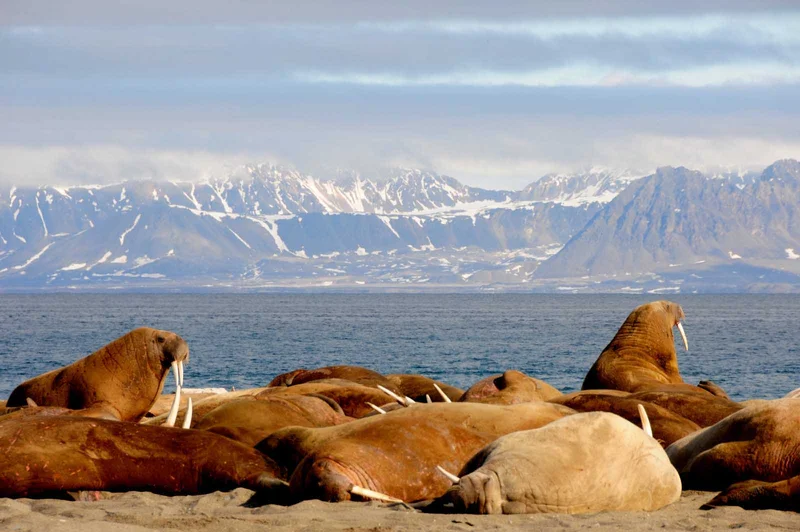
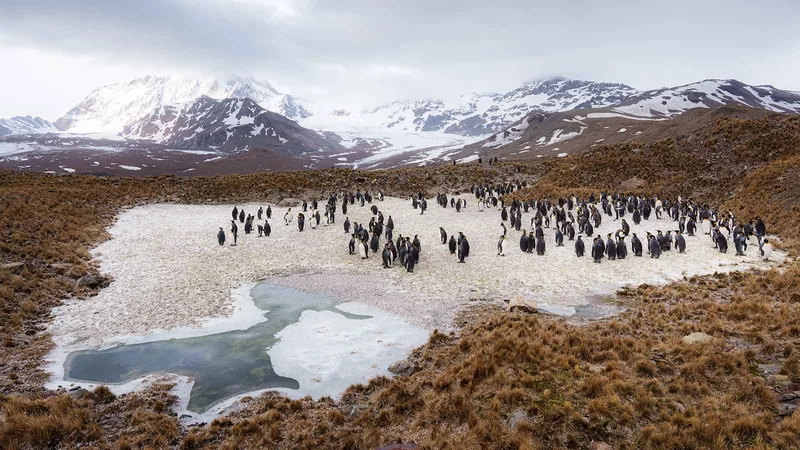
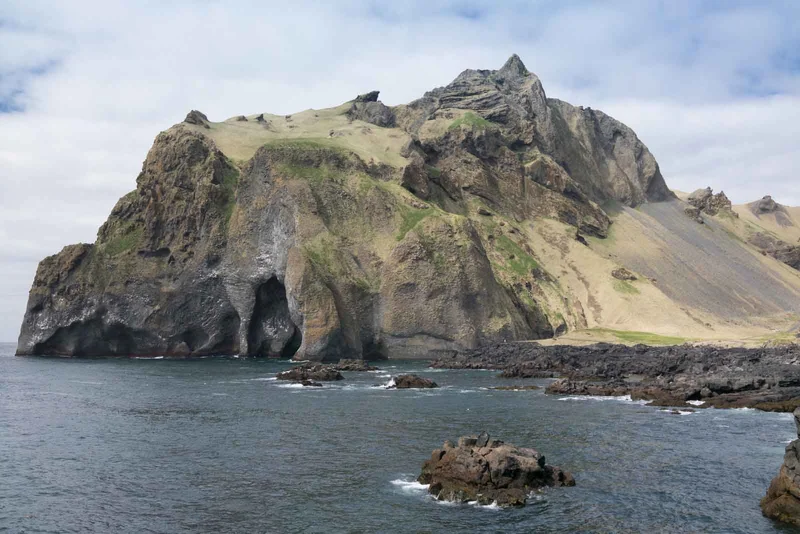
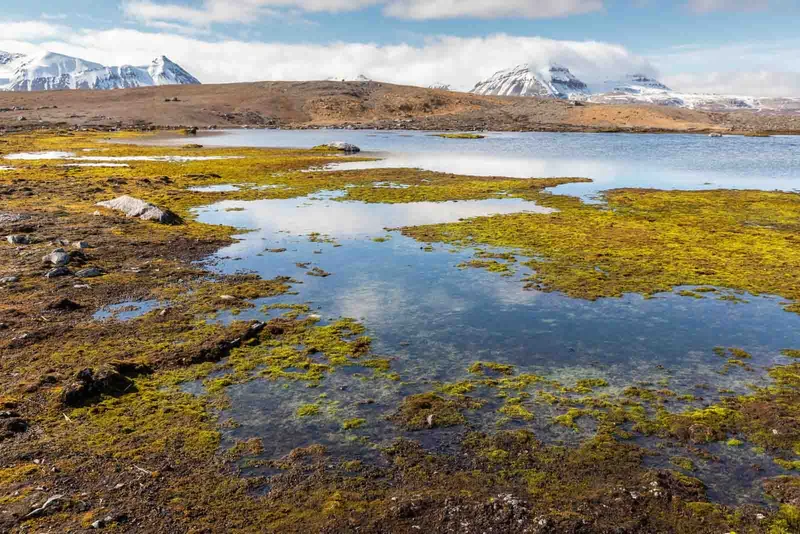
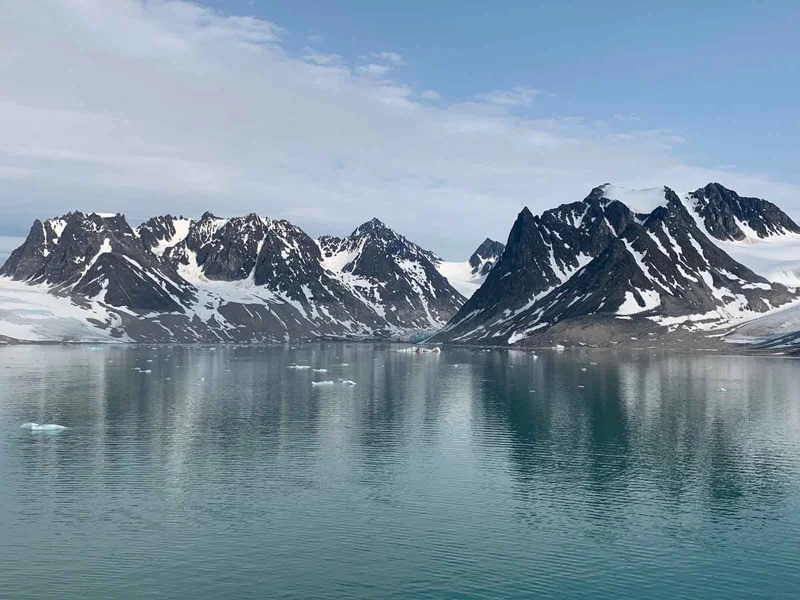
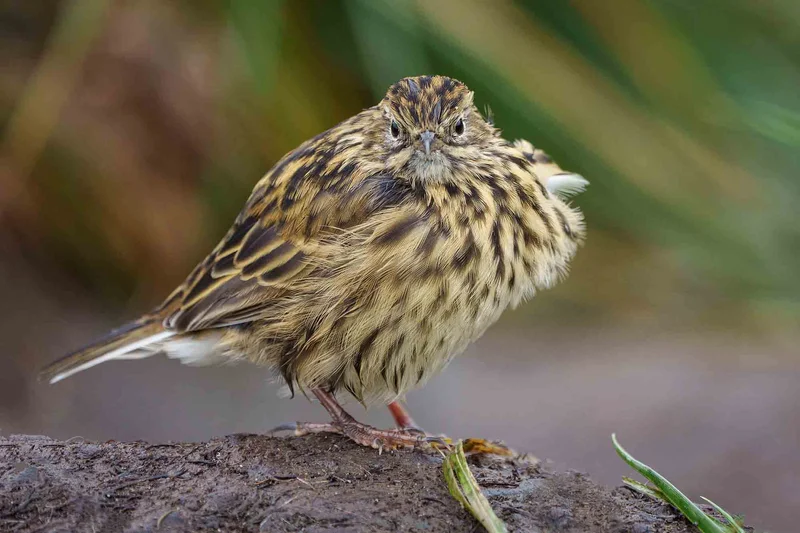
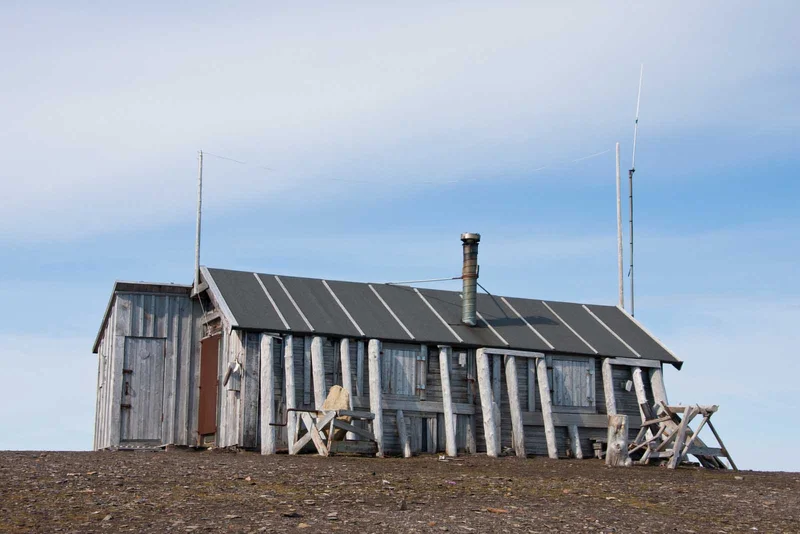
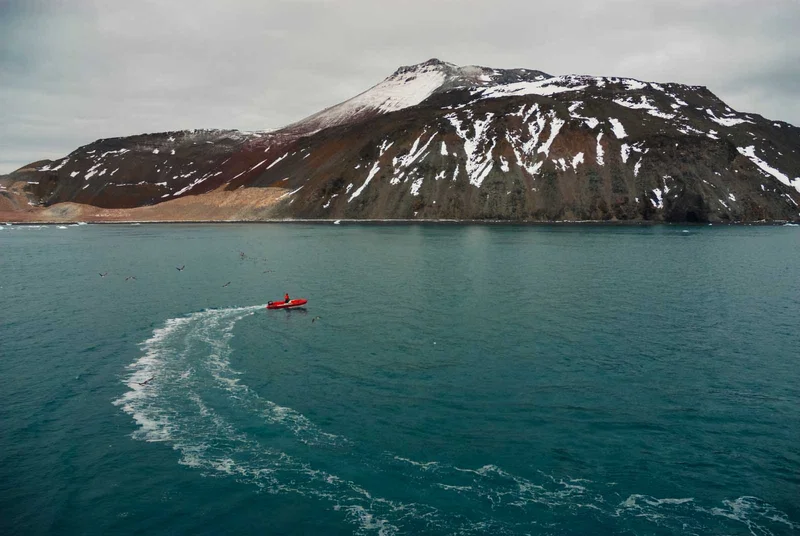
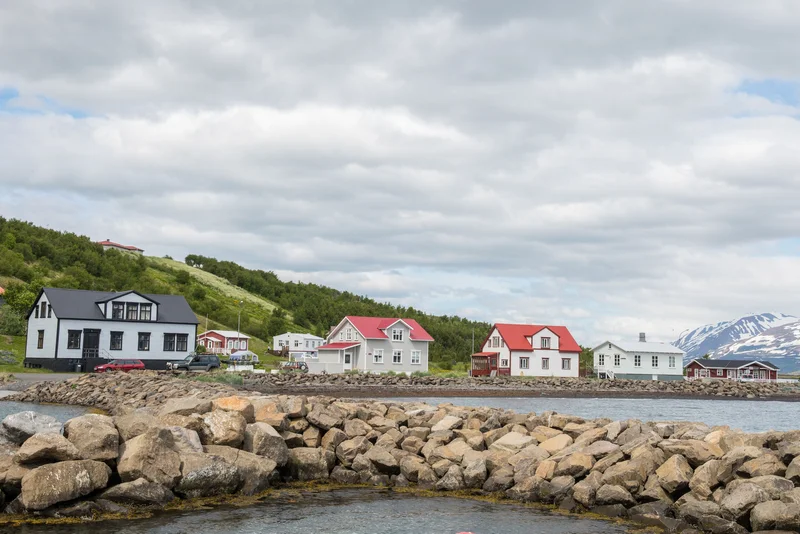
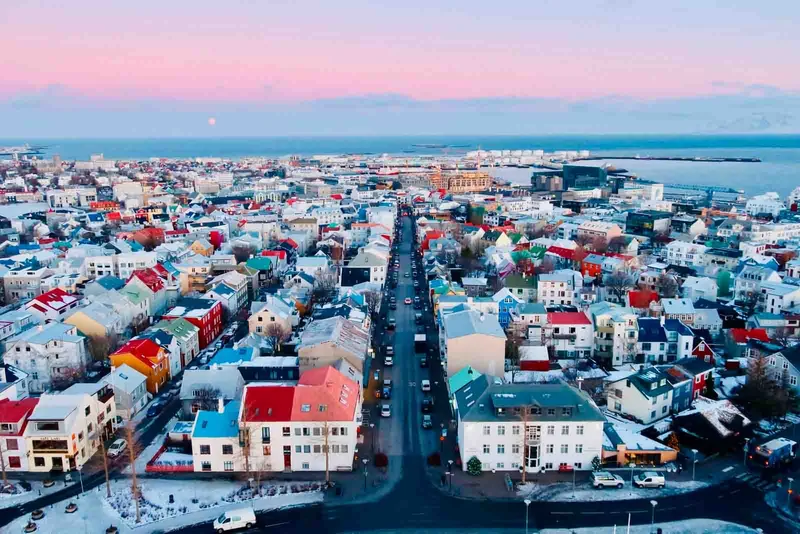
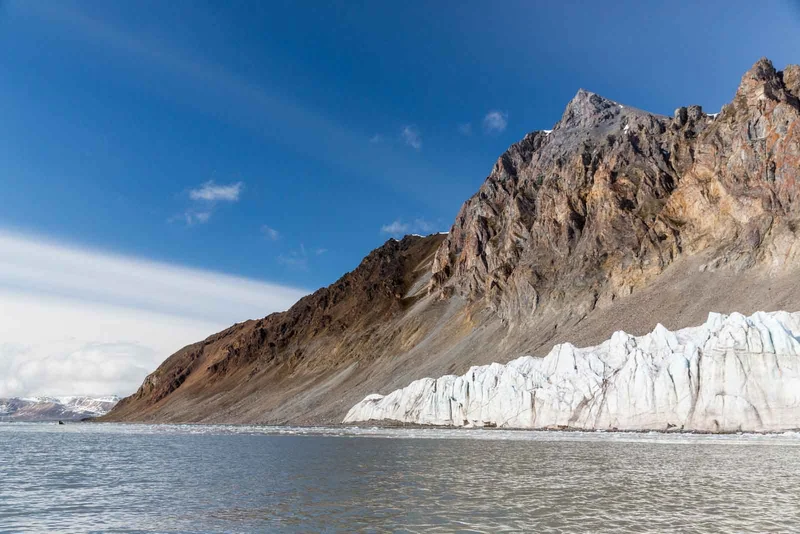
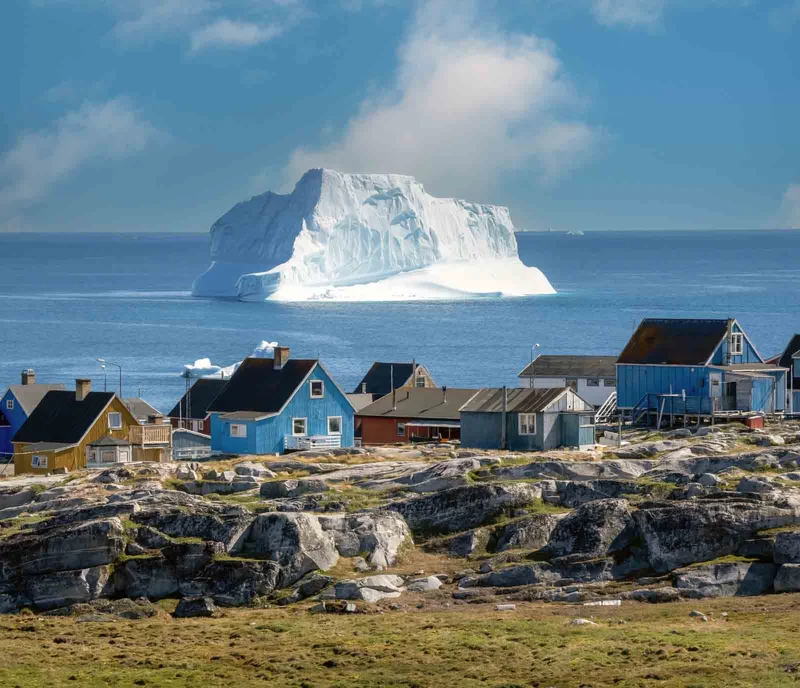
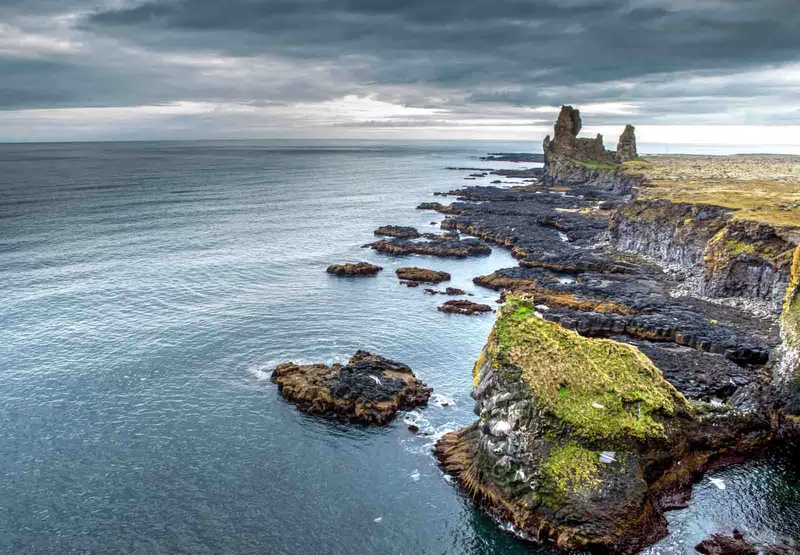
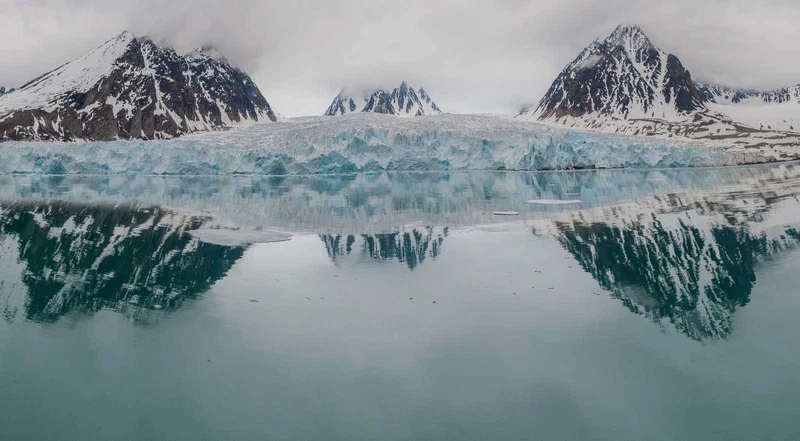
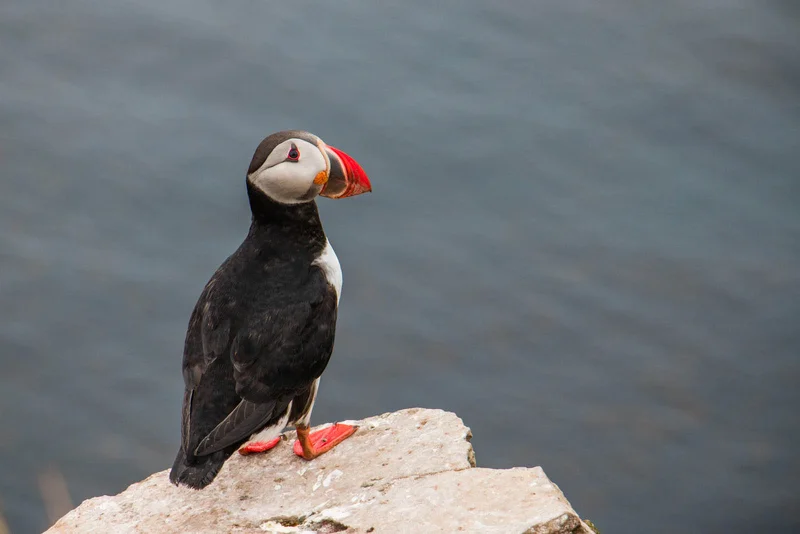
12 Day Artic Itinerary Includes
- Embarkation shuttle transfer to the vessel from Ushuaia city centre
- Shuttle transfer after disembarkation from the ship to Ushuaia city centre or airport
- All Zodiac landings and excursions, as per itinerary, guided by our Expedition Team
- Expedition parka
- Rubber boots loan scheme
- Briefings and lectures by our Expedition Leader and Team
- English-speaking Expedition Team
- Full board on the ship - breakfast, lunch, dinner and snacks
- Complimentary house wine, beer and soda at dinner (selected labels and brands, served at our a-la-carte dinners)
- Free tea and coffee available 24 hours
- Taxes and landing fees
- Special photo workshops
- Welcome and Farewell Cocktail Parties
12 Day Artic Itinerary Does not Include
- Extra excursions and activities not mentioned in the itinerary
- Single room supplement and stateroom upgrades
- Meals not on board the ship
- Beverages (other than coffee and tea)
- Tips for the crew (we recommend USD 14 per person per day)
- Personal expenses (e.g. Albatros Polar Spa services, Albatros Ocean Boutique purchases)
12 Day Artic Itinerary Highlights
- See stunning scenery in Iceland, Jan Mayen, and Spitsbergen
- Spot wildlife such as whales, walruses, and polar bears
- Go on shore landings and explore the glaciers, fjords, and wildlife of Spitsbergen
- Experience the early summer in the Arctic, when the sun never sets
Itinerary Map
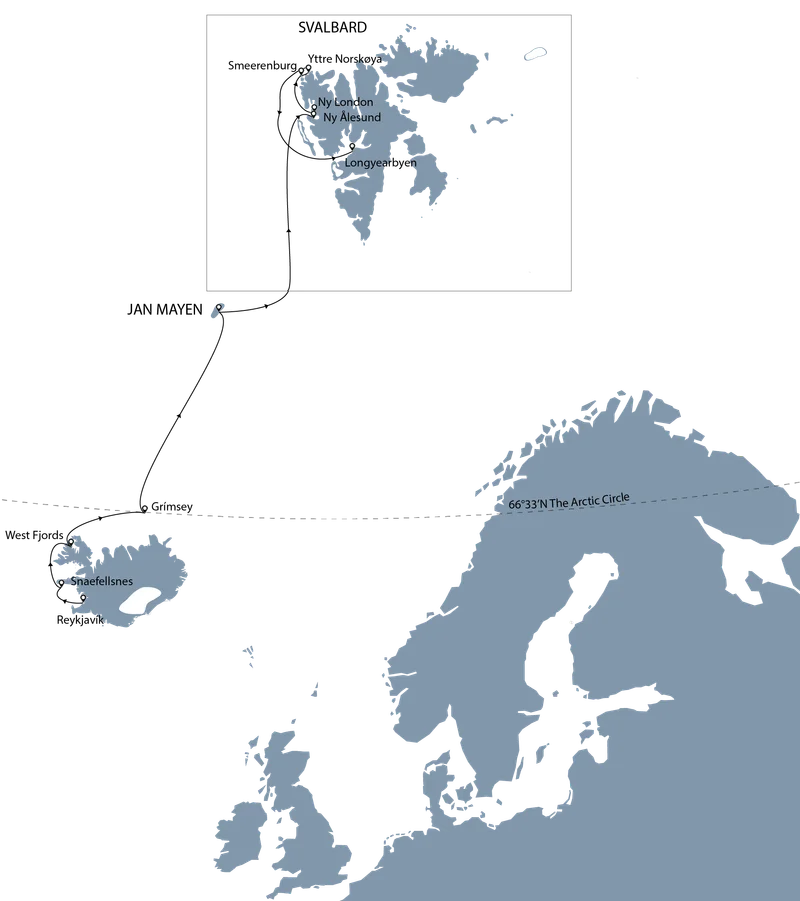
12 Day Arctic cruise activities
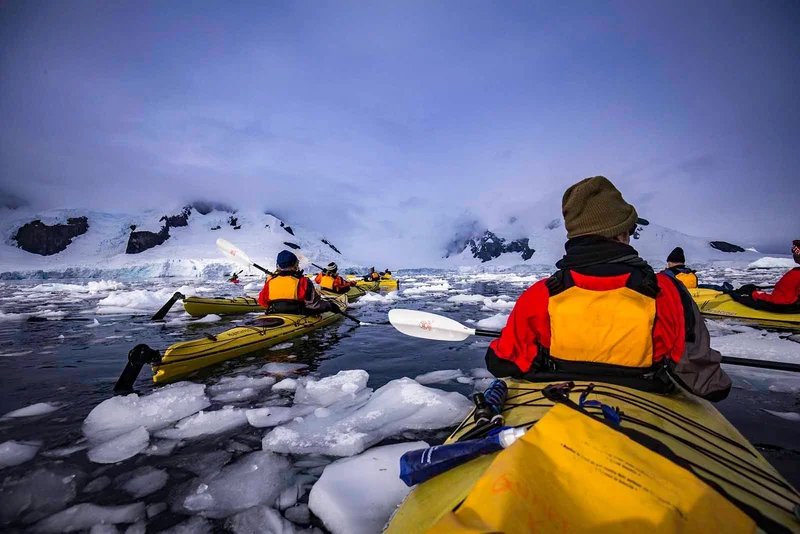
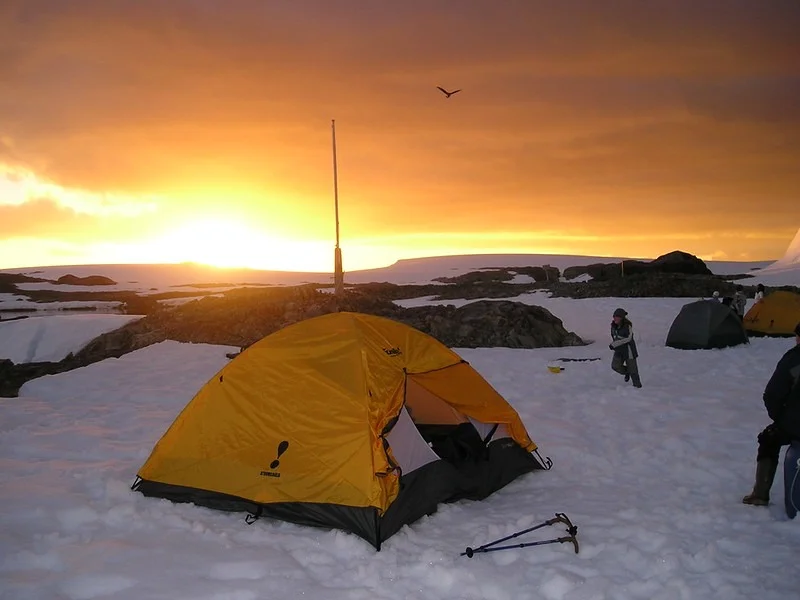
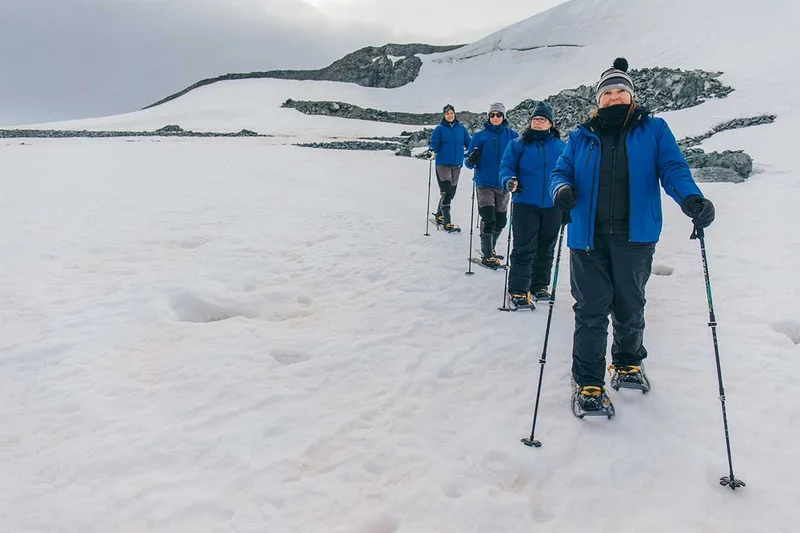
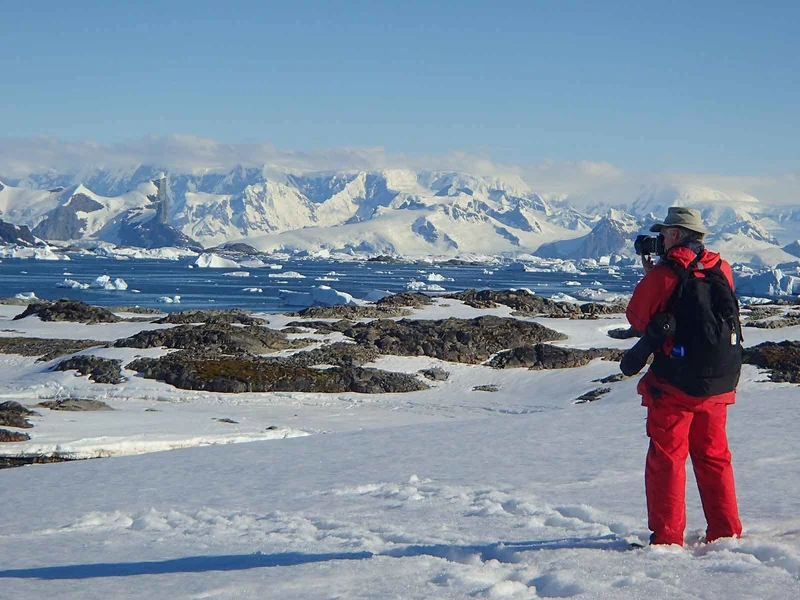
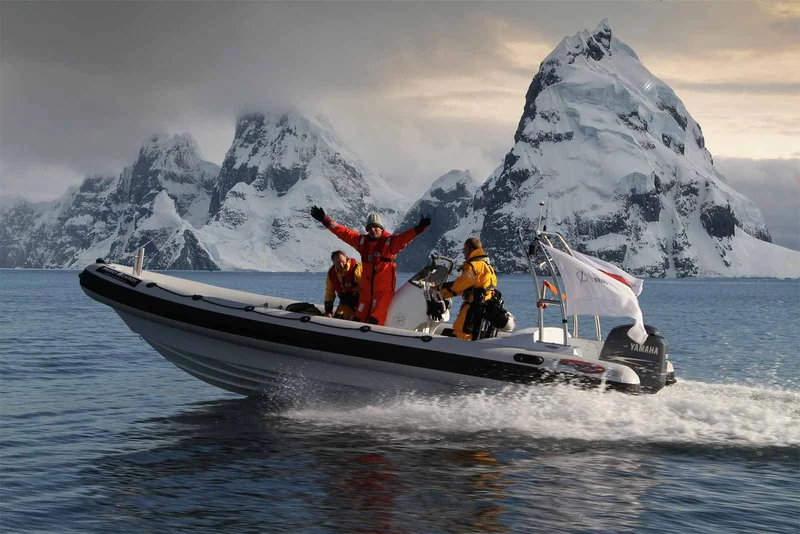

Animals you might see on this itinerary
North Atlantic Expedition
Why travel with us?
Would you like to know why booking with us is the best choice?
Discover the BenefitsSimilar Itineraries

